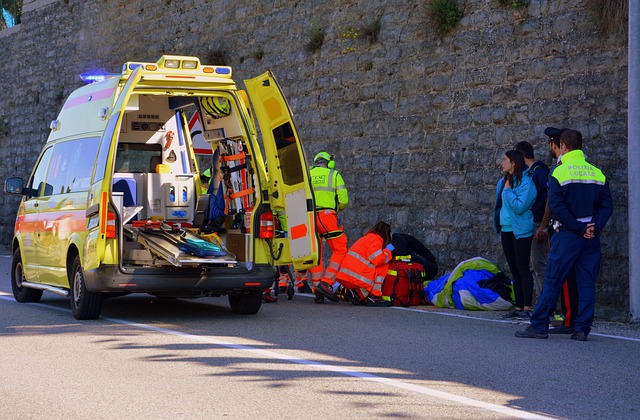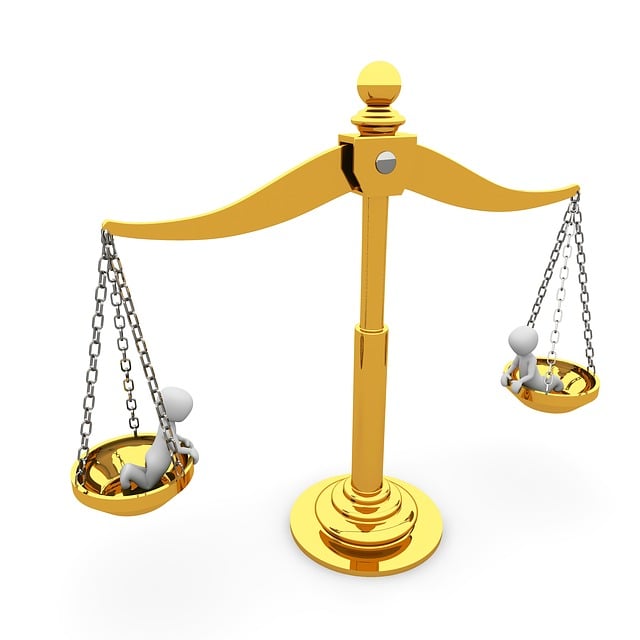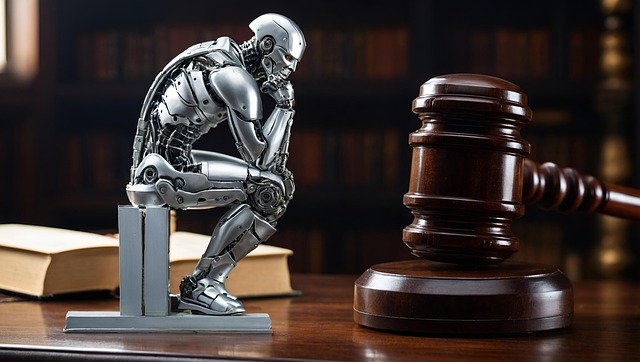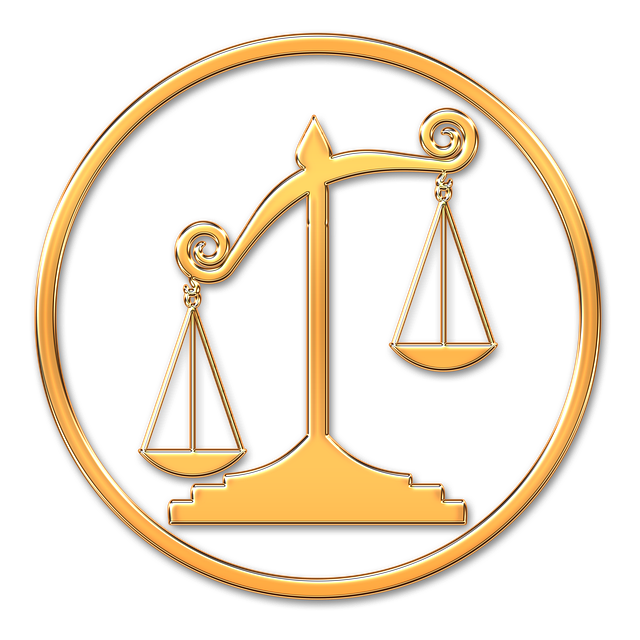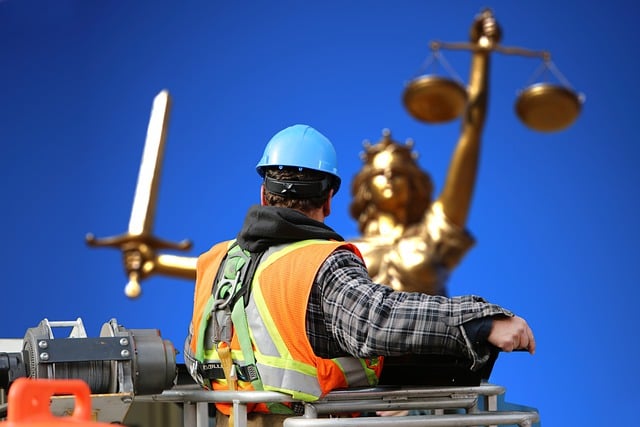The text delves into the intricacies of public corruption cases post-conviction, emphasizing the crucial role of managing strict timelines in white-collar defense. Lawyers must navigate complex legal frameworks, including motions, discovery, and appeals, to protect clients' rights and maintain the integrity of the justice system. Understanding the Timeline for Post-Conviction Relief Process is vital for both corporate and individual clients seeking to reduce sentences through appeals, new trial motions, or executive clemency, with experienced legal teams offering guidance in this intricate landscape.
“Public corruption charges pose significant challenges, demanding a thorough understanding of both the legal definitions and framework governing these offenses. This article guides readers through the intricate process of post-conviction relief, highlighting key stages and timelines involved in seeking justice.
We explore strategic options for individuals facing corruption convictions, emphasizing their legal rights and available resources. By delving into these aspects, we aim to empower those impacted by corruption to navigate their legal journey effectively.”
- Understanding Public Corruption Charges: Definitions and Legal Framework
- Navigating the Post-Conviction Relief Process: Timeline and Key Stages
- Strategies for Success: Legal Rights and Options Following a Corruption Conviction
Understanding Public Corruption Charges: Definitions and Legal Framework

Public corruption charges encompass a range of illegal activities where individuals or entities in positions of power abuse their authority for personal gain. This can include bribery, fraud, and embezzlement among others. The legal framework surrounding these charges is designed to uphold the integrity of public institutions and protect citizens from unethical leadership. Understanding these charges involves grasping the nuances of both criminal law and the specific statutes targeting public corruption.
The timeline for post-conviction relief processes plays a crucial role in the overall legal strategy, especially for corporate and individual clients facing white collar defense cases. Throughout all stages of the investigative and enforcement process, from initial inquiries to appeals, legal teams must navigate complex rules and regulations. This includes timely filing of motions, managing discovery, and presenting effective defenses. Ensuring the rights of the accused are protected while upholding the integrity of the legal system is a delicate balance that demands meticulous attention at every step.
Navigating the Post-Conviction Relief Process: Timeline and Key Stages

Navigating the post-conviction relief process is a complex journey that requires careful attention to detail. Following a conviction for public corruption or white-collar crimes, individuals and corporate clients often seek legal recourse through various avenues designed to offer redress and potentially reduce their sentence. The timeline for post-conviction relief involves several key stages, each with specific deadlines and requirements.
These proceedings can span across the country, reflecting the reach of economic and financial crimes. Timing is critical; appeals must be filed within strict periods, typically ranging from 30 to 120 days after the conviction. Each stage involves meticulous legal strategy: from preparing appeals briefs to presenting arguments before a higher court. This process demands a deep understanding of the law and its nuanced application in cases of corporate and individual clients accused of corruption.
Strategies for Success: Legal Rights and Options Following a Corruption Conviction
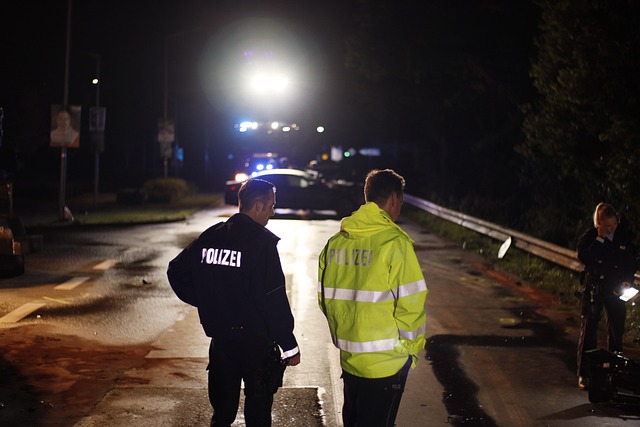
Following a corruption conviction, understanding one’s legal rights and exploring available options is crucial for mounting an effective defense. The first step involves reviewing the judgment and sentencing, alongside any applicable laws and regulations, to formulate a strategy tailored to the unique circumstances of the case. This process includes assessing potential grounds for appeal, which could challenge the validity of the conviction or sentence based on procedural errors, insufficient evidence, or legal misinterpretations.
The timeline for post-conviction relief processes varies across jurisdictions but generally involves a series of steps. These may include filing a motion for a new trial, appealing to higher courts, or seeking executive clemency. An experienced legal team can guide individuals through this complex landscape, leveraging their expertise and unprecedented track record to advocate for the best possible outcome. By navigating these options, individuals can seek justice, mitigate consequences, and potentially restore their reputation and respective business interests.
The journey through the legal system for those facing public corruption charges is complex, but understanding the process and available options is key. By familiarizing oneself with the definitions, legal framework, and post-conviction relief mechanisms, individuals can navigate this challenging period more effectively. A timely appreciation of the Timeline for Post-Conviction Relief Process allows for strategic decision-making, ensuring that legal rights are protected and the best possible outcome is pursued. This comprehensive guide aims to empower those accused, enabling them to actively participate in their defense and potentially achieve a favorable resolution.
